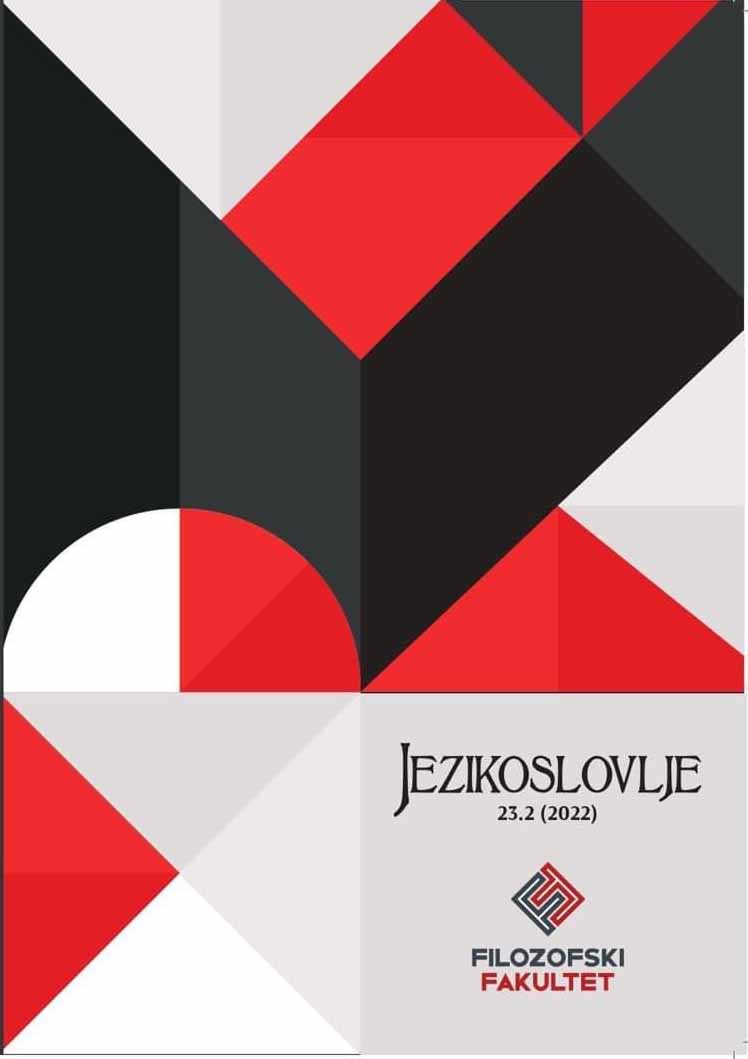Koordinacije sa sekundarnim markerima
COORDINATIONS WITH SECONDARY MARKERS
Author(s): Ismail PalićSubject(s): Language studies, Theoretical Linguistics, Syntax, South Slavic Languages
Published by: Filozofski fakultet, Sveučilište Josipa Jurja Strossmayera, Osijek
Keywords: coordination; coordinates; coordinator; secondary marker of coordination correlation;
Summary/Abstract: Based on the previous consideration of the units that can be considered as central secondary markers of coordination in the Bosnian language, it is concluded that these units are relatively numerous and frequent. They serve as secondary markers of coordination, primarily as reinforcers and/or explicators of the coordinate semantic relation. They are closely connected to coordinators and share with them a number of common features such as unlimited number of coordinates, non-constituency outside coordination, the tendency to belong to the right coordinate, etc. Moreover, some of the secondary markers are clearly more similar to the coordinators than others and represent border units to the coordinators (e.g., samo, jedino, tek, međutim, etc.). However, secondary markers have a number of features that differentiate them from coordinators, such as: the inability to connect all syntactic categories, the possibility of marking syntactically different units, the possibility of uneven marking of coordinates in polysyndetic coordination, the inability to appear in collective coordination, unfixed position in linear order of constituents, doubling or multiple repetitions, etc. There is a larger number of conjunctive and adversative secondary markers in the inventory than disjunctive ones, which is explained by the greater transparency of the disjunctive relation. The function of the secondary marker is very important when it comes in combination with a coordinator that prototypically does not signal the same semantic relation as the secondary marker (e.g., a/ali + i; nego/već + i/ni; i/pa + ipak/opet...). In this case, the coordinator shows the grammatical type of the relation, and the secondary marker refers to its semantic type, where the secondary marker may be obligatory. Correlative secondary markers (ne samo, i, ni, niti, ne, ili) also attract attention not only because they come in the first coordinate but also because they enter into a stronger interaction with the coordinators, thus making a clear non-prototype of this category. Finally, the use of secondary markers may be associated with various implications which are contained in coordinations, and they are therefore also significant pragmatic means.
Journal: Jezikoslovlje
- Issue Year: XXIII/2022
- Issue No: 2
- Page Range: 159-184
- Page Count: 26
- Language: Bosnian

